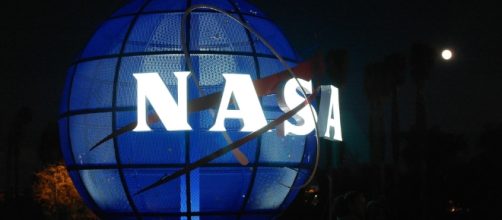Air travel speeds in the United States are strictly controlled by the Federal Aviation Administration for all commercial airplanes. Before these strict controls came into place, many flights were produced which could travel at speeds of over 660 miles per hour. These speeds at a height of 30,000 feet were able to break the sound barrier and thus impose a 30-mile long continuous sonic boom.
The sonic boom resulted in shattered windows, cracked plasters in homes, and even the created disturbances among farm animals. This is why the Federal Aviations Administrations placed a ban on supersonic air travel in 1973.
However, with the advancement of technology, it may now be possible to travel at such high speeds without producing the harmful sonic boom. This is why NASA will start funding research into the technology.
Supersonic flights testing
The space agency revealed that it plans on taking bids from contractors to create a model of a Supersonic Flight which will produce very low amount of sounds, ensuring that no harm comes from such a flight. NASA also said that it will invest $390 million over the next five years to build up the technology. By the end of its development, such a supersonic passenger flight can make the six hour journey from New York to Los Angeles in just 3 hours.
In June NASA tested out a model of such a plane inside the wind tunnel, which gave the agency some promising results.
Researchers said that their model would be the smaller version of the one that was tested out in the wind tunnel. Lockheed Martin helped develop the model tested by the agency by using fluid dynamic modeling, which was made possible due to fast computing solutions.
NASA is targeting the sound produced to be kept in the 60 to 65 dBa. Researchers claim that this would be as loud as a luxury car on the streets or the background noise in a restaurant. The design in question will also be able to restrict the sound to this level for a large commercial size supersonic airplane.
The demo model will be 94 feet long and will be controlled by one pilot. During the test, it will fly to altitudes of 55,000 feet.
It will be powered by a General Electric Co. engine, which is also found in Boeing’s F/A-18 Fighter jet.
Major issues of supersonic air travel
Apart from the sonic boom produced by such a plane, the high carbon emissions and airport engine noise are also considerable problems with supersonic travel. The FAA will also have to clear the design once the model performs a successful flight with minimal sonic boom. So, there is a lot of work left for NASA to do.


